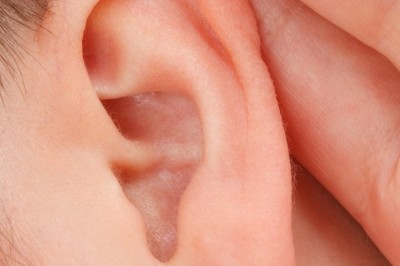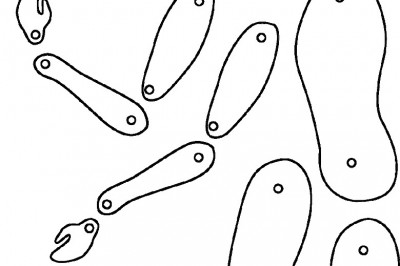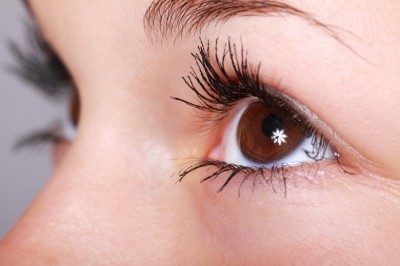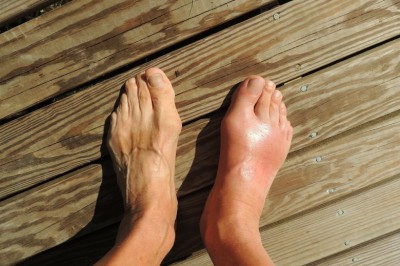Side Effects of Gabapentin
Postherpetic Neuralgia
The most normally noticed side effects of Gabapentin in adult patients treated for neuralgia following shingles, not noted at an equivalent occurrence among placebo-treated persons, were wooziness, sleepiness, and peripheral edema.
In the two controlled studies in neuralgia following shingles, 16% of the 336 patients who were treated with Gabapentin Capsules and 9% of the 227 patients who were treated with placebo stopped treatment due to a side effect. The adverse reactions that most regularly induced withdrawal in Gabapentin-treated patients were giddiness, sleepiness, and vomiting.
Frequency in Controlled Clinical Trials
Here are some of the treatment-emergent signs that were noticed in at least 1% of Gabapentin-treated participants with postherpetic neuralgia taking part in placebo-controlled trials and that were more frequent in number in the Gabapentin group than in the placebo group: astheny, pain in the abdomen, headache, diarrhea, dry mouth, constipation, vomiting, gastrointestinal gas, weight gain, hyperglycemia, peripheral edema, vertigo, drowsiness, abnormal thinking, incoordination, memory loss, pharyngitis, rash, conjunctivitis, blurred vision, double vision, otitis media.
The side effects of Gabapentin that were noticed were generally mild to moderate in intensity.
Other adverse reactions in more than 1% of patients but just as frequent or more frequent in the group taking placebo included pain, tremor, nerve-related pain, back pain, impaired digestion, dyspnea, and flu syndrome.
No clinically relevant differences were recorded between men and women in the kinds and incidence of the {side effects of Gabapentin|Gabapentin Side Effects.
Epilepsy
The most commonly noticed side effects of Gabapentin used simultaneously with other anticonvulsant drugs in patients who are more than 12 years old, not seen at an equivalent incidence among patients in the placebo group, were sleepiness, giddiness, inability to coordinate, exhaustion, and involuntary eyeball movement. The most regularly observed adverse effecs reported with the use of Gabapentin in combination with other anticonvulsant drugs in children between 3 and 12 years old, not seen at a similar occurrence among patients receiving placebo, were viral infection, high temperature, queasiness and/or sickness, drowsiness, and violence.
Approximately 7% of the 2074 people more than 12 years of age and around 7% of the 449 children between 3 and 12 years of age who received Gabapentin (capsules) in premarketing clinical trials interrupted medication because of an adverse effect. The side effectsmost often associated with withdrawal in patients older than 12 years of age were drowsiness (1.2%), difficulty coordinating movements (0.8%), tiredness (0.6%), nausea and/or sickness (0.6%), and vertigo (0.6%). The side effects of Gabapentin most frequently associated with withdrawal in children were mood changes (1.6%), hostile behaviour (1.3%), and hyperkinesia (1.1%).



























